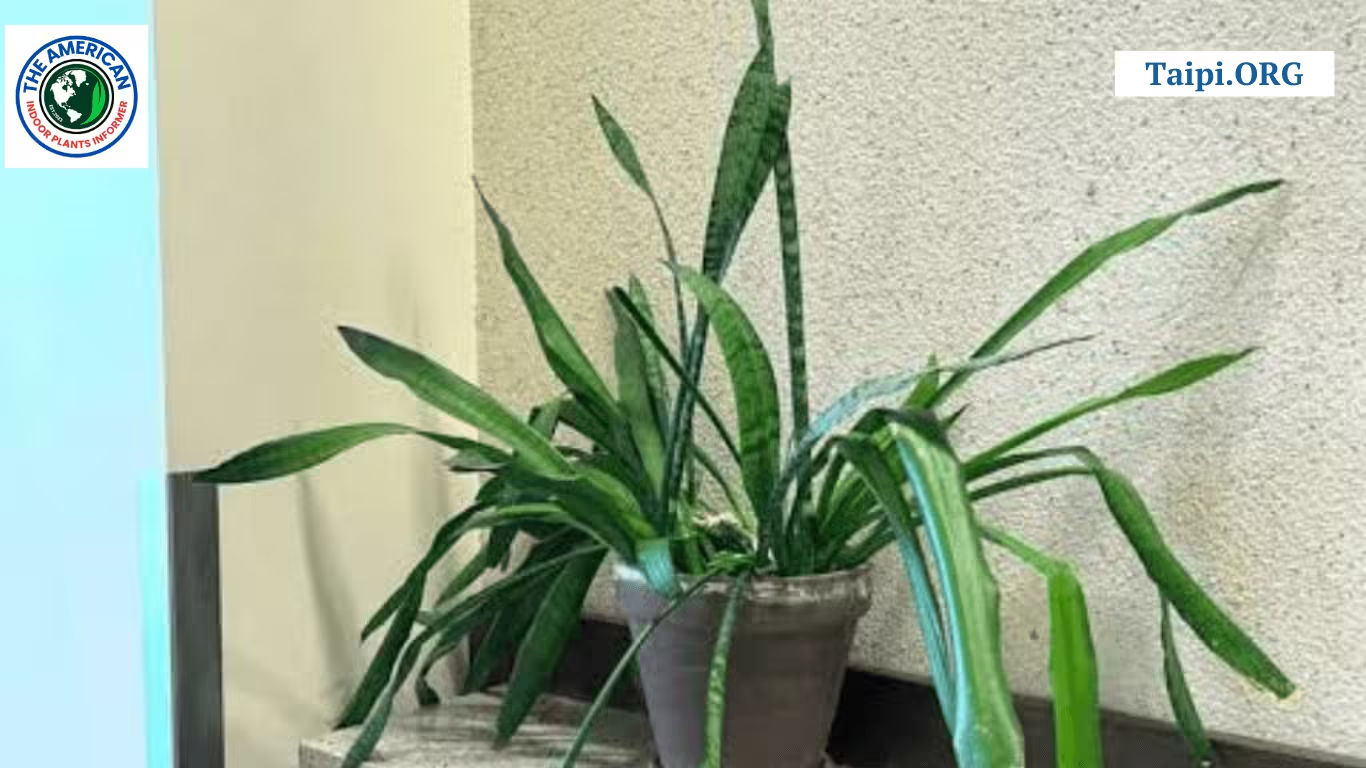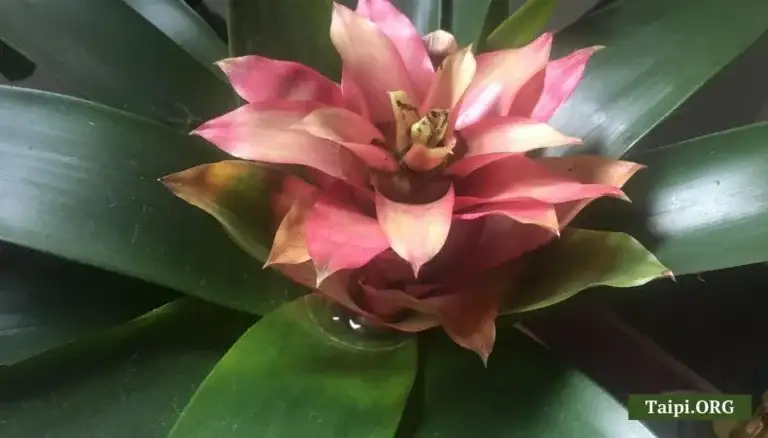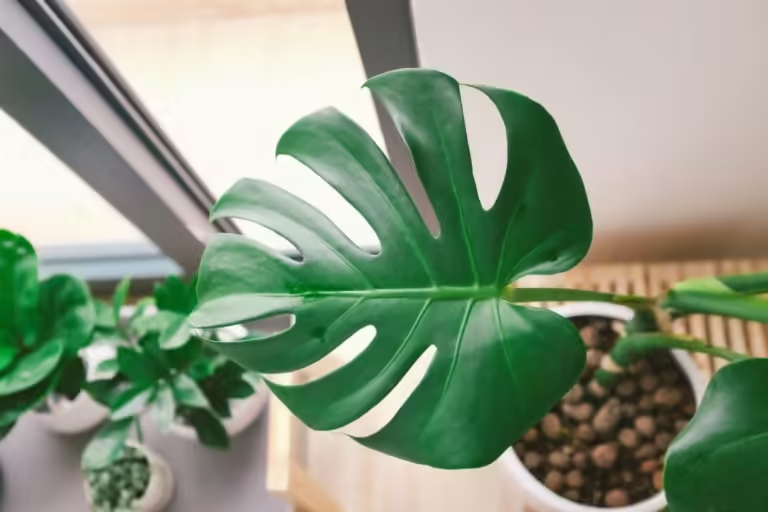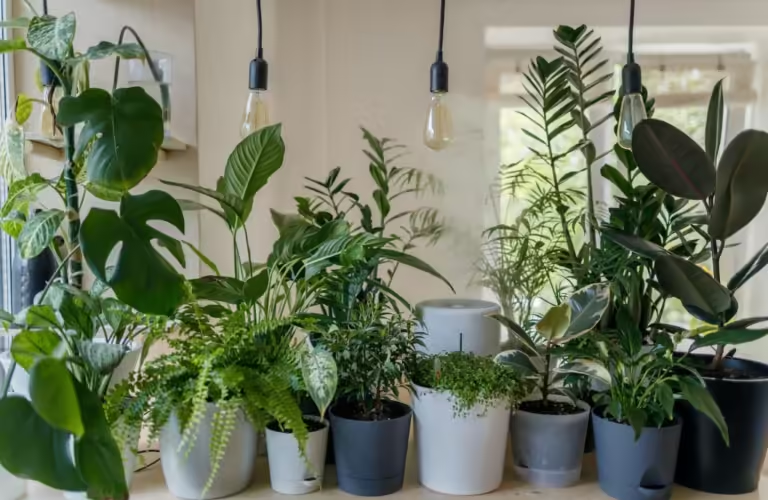Why Snake Plant Leaves Fall Over
WHEN talking about the green realm of snake plants, these resilient botanical wonders are the stalwarts of indoor greenery, adding a touch of elegance to any interior space. However, amidst the lush leaves and striking patterns lies the occasional mystery of drooping foliage. Join me as I discuss the reasons why snake plant leaves fall over.
Overwatering is the number one reason why snake plant leaves fall over. Like many other indoor plants, the snake plant draws water from the soil and stores it in the leaves. If the plant absorbs a lot of water, the leaves become heavy and then start to fall.
6 Reasons Why Snake Plant Leaves Fall Over
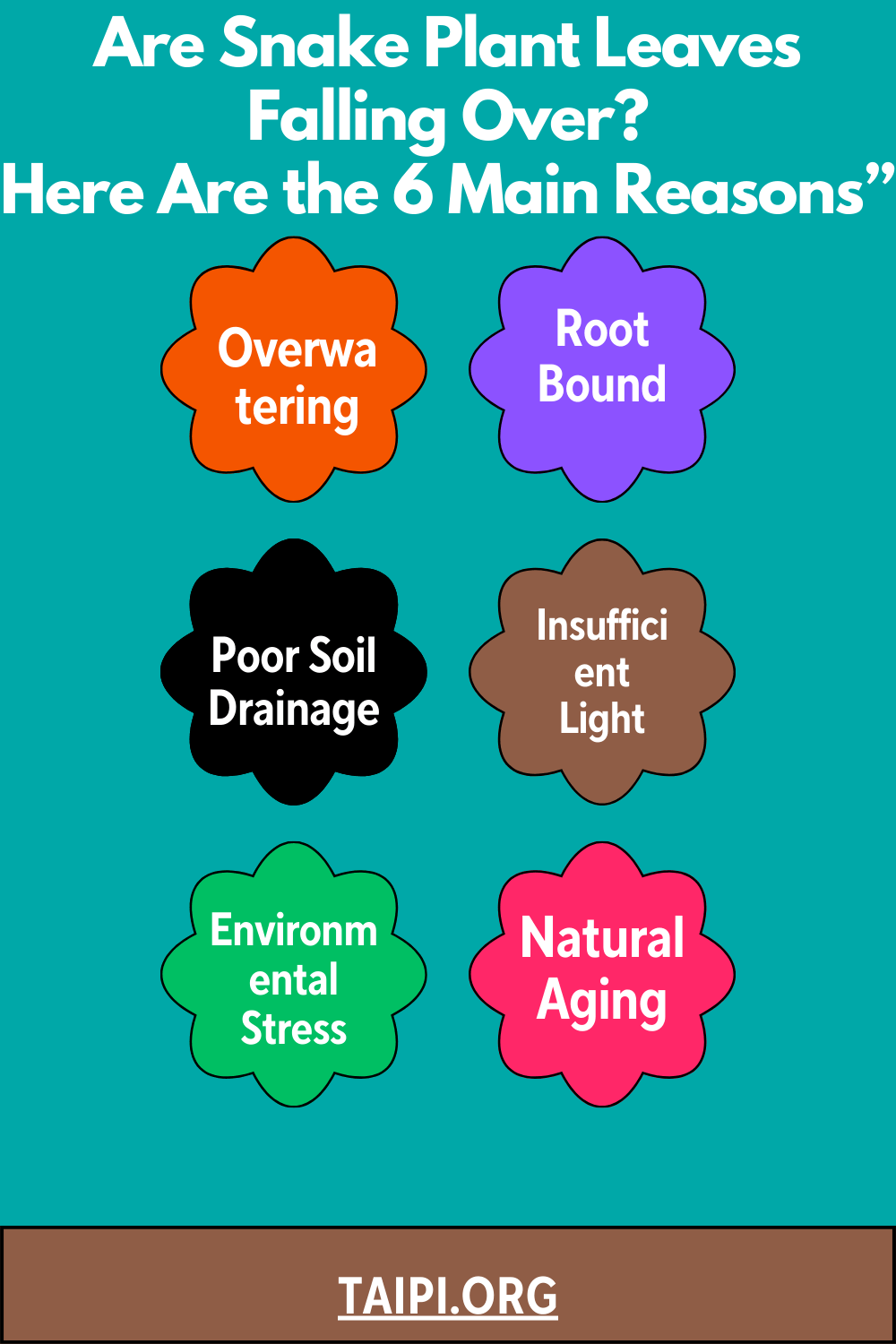
Are your snake plant leaves falling over? Do not overly worry yourself. Here are the main reasons indoor companion’s foliage is drooping mysteriously:
1. Overwatering
One of the primary culprits behind drooping snake plant leaves is overwatering.
Despite their reputation as drought-tolerant plants, snake plants are susceptible to root rot if their soil remains consistently soggy.
Overwatering hampers the plant’s ability to absorb oxygen, leading to weakened roots and, ultimately, the inability to support the upright growth of leaves.
2. Root Bound Conditions
As snake plants grow, they develop a robust root system. However, if you leave the plant in the same container for an extended period without repotting, it may become root-bound.
This means that the roots outgrow the available space, leading to overcrowding, nutrient deficiencies, and impaired water absorption.
In response, the leaves may lose their ability to stand upright.
3. Poor Soil Drainage
Inadequate soil drainage is another factor contributing to the collapse of snake plant leaves. Snake plants prefer well-draining soil to prevent water from accumulating around the roots.
Soil that retains excessive moisture can lead to root rot, compromising the plant’s stability and causing the leaves to fall over.
4. Insufficient Light
While snake plants are known for their adaptability to low light conditions, they still require a certain amount of light to thrive.
Inadequate light can result in weak and floppy growth, causing the leaves to droop.
Ensuring that your snake plant receives the appropriate amount of light is crucial for maintaining its structural integrity.
5. Environmental Stress
Snake plants may exhibit leaf drooping as a response to environmental stress factors.
Sudden temperature changes, drafts, or exposure to extreme conditions can impact the plant’s health, leading to a loss of turgidity in the leaves.
Identifying and mitigating environmental stressors can help prevent this phenomenon.
6. Natural Aging
Like all living organisms, snake plants undergo a natural aging process. As individual leaves age, they may lose their rigidity and start to droop.
This is a normal part of the plant’s life cycle, and while it may not be preventable, understanding this aspect can help you distinguish between natural leaf aging and problematic issues.
Snake Plant Leaves Falling Over How to Fix
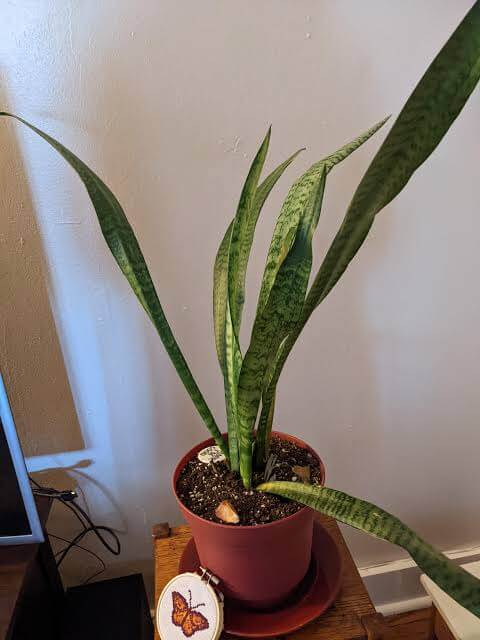
Addressing the issues causing snake plant leaves to fall over involves targeted interventions. Here are solutions for each of the above problems.
Overwatering
- Allow the soil to dry out before watering again.
- Adjust your watering frequency, ensuring that the top inch of soil is dry before the next watering.
- Ensure proper drainage by using a well-draining potting mix and a container with drainage holes.
Root Bound Conditions
- Repot your snake plant into a larger container with fresh, well-draining soil.
- Gently loosen the roots during repotting to encourage healthy growth.
Poor Soil Drainage
- Improve soil drainage by adding perlite, sand, or other amendments to the potting mix.
- Ensure the pot has drainage holes to allow excess water to escape.
Insufficient Light
- Provide your snake plant with bright, indirect light. While they tolerate low light, they thrive in moderate to bright conditions.
- Rotate the plant occasionally to ensure all sides receive adequate light.
Environmental Stress
- Shield your snake plant from sudden temperature changes and drafts.
- Keep the plant away from vents or radiators that could cause extreme temperature fluctuations.
- Ensure a consistent environment to minimize stress on the plant.
Natural Aging
- Trim older leaves at the base using clean, sharp scissors or pruning shears.
- Focus on maintaining overall plant health to minimize the impact of natural leaf aging.
It’s important to note that identifying the specific issue affecting your snake plant is crucial for effective treatment.
Assess the plant’s overall health, by inspecting the roots, and observing environmental conditions.
By implementing these solutions, you can address the root causes and promote the recovery and vitality of your snake plant.
Why Are My Snake Plant Leaves Falling Over FAQs
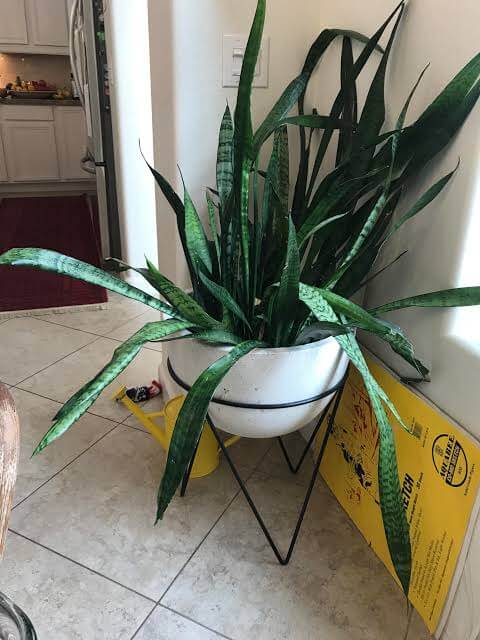
Q: Why are my snake plant leaves turning yellow and falling over?
A: Yellowing and falling leaves in a snake plant could be due to various factors such as overwatering, root rot, or poor soil drainage. Assess the plant’s watering routine, check the roots for signs of rot, and ensure the soil allows proper drainage.
Q: Can snake plants recover from root rot, and how can I treat it?
A: Yes, snake plants can recover from root rot if the issue is identified early. To treat root rot, remove the affected parts, repot the plant in well-draining soil, and adjust the watering schedule to prevent overwatering. Providing a suitable environment for recovery is crucial.
Q: How much light does a snake plant need to thrive?
A: Snake plants are adaptable and can tolerate low light conditions, but they thrive in moderate to bright, indirect light. Aim to provide them with at least 4-6 hours of indirect sunlight per day for optimal growth.
Q: Is it normal for snake plant leaves to lean or droop naturally?
A: Yes, some natural leaf leaning or drooping can occur as snake plant leaves age. However, sudden or widespread drooping may indicate issues like overwatering, root problems, or environmental stress. Differentiating between natural aging and problematic symptoms is important for proper care.
Q: How often should I repot my snake plant?
A: Snake plants generally prefer being slightly root-bound, so repotting is typically needed every 2-3 years or when the plant becomes severely root-bound. Repotting allows for the renewal of soil nutrients and provides the plant with additional space for healthy growth.
My Final Thoughts on Why Snake Plant Leaves Fall Over
As you have seen, several factors can contribute to the falling over of snake plant leaves but the main cause that cuts across many houseplants is overwatering.
So, rather than ask, why are my snake plant leaves falling over, strive to understand the specific cause and implement appropriate measures to ensure the overall health of your snake plant.
By recognizing the signs and identifying the contributing factors early, you can take proactive steps to promote the well-being of your cherished snake plants.

